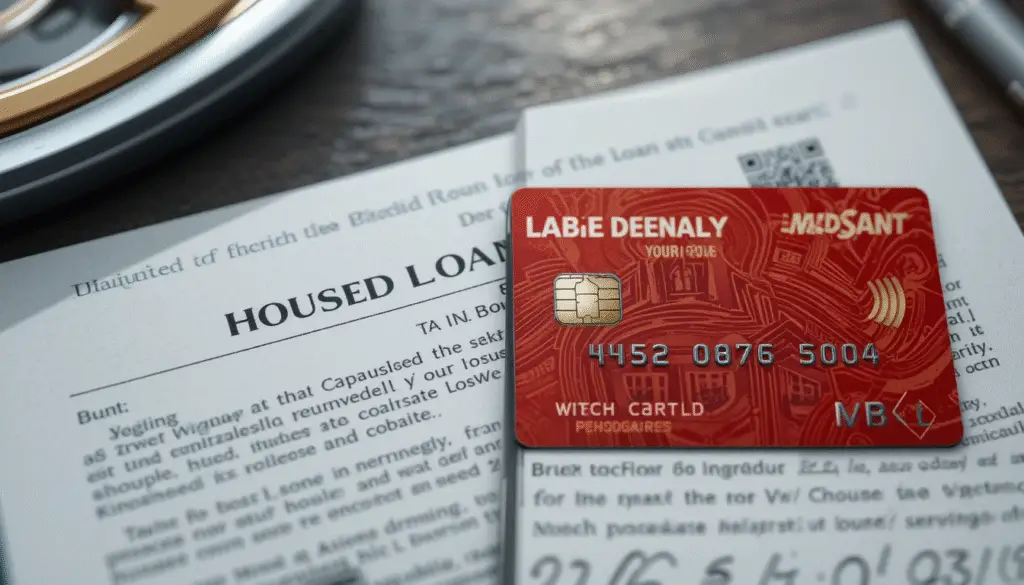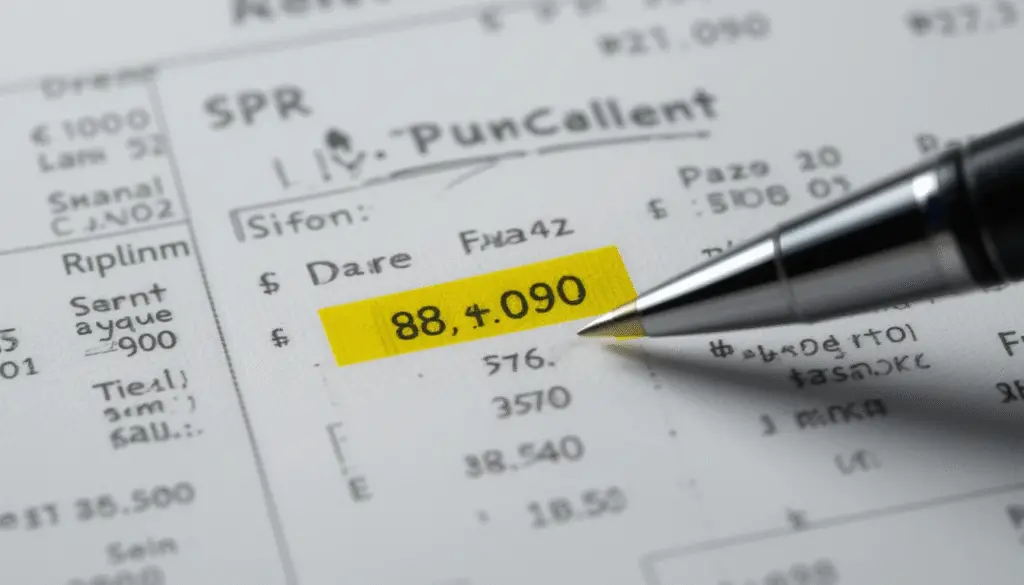What is a loan? If you’ve ever borrowed money from a bank, a friend, or even a payday lender, you’ve already experienced one of the most common financial tools in the world.
A loan is more than just a sum of money you receive—it’s a legal agreement between you and a lender that comes with terms, interest rates, repayment schedules, and responsibilities. Understanding how loans work can help you avoid costly mistakes, choose the right type of loan for your needs, and manage debt more effectively.
In this beginner-friendly guide, we’ll break down loans in plain English. Whether you’re considering a personal loan, looking for startup business loans, or curious about secured vs. unsecured loans, this post will walk you through everything you need to know—without the financial jargon.
What Is a Loan?
At its simplest, a loan is money borrowed from a lender with the agreement to pay it back, usually with interest. Loans can be formal (from a bank or credit union) or informal (from a friend or family member).
When you take a loan, you agree to:
- Receive funds now
- Repay later (in a set time frame)
- Pay interest as the lender’s profit and risk cover
Key parties in a loan:
- Lender – The person or institution providing the money
- Borrower – The person receiving the money and agreeing to repay it

Types of Loans
Loans come in many shapes and sizes, each designed for different needs.
1. Secured Loans
These are backed by collateral (like a house or car). If you fail to pay, the lender can take the asset.
Examples:
- Home loans (mortgages)
- Auto loans
Best for: People who want lower interest rates and can provide collateral.
2. Unsecured Loans
These don’t require collateral but usually have higher interest rates.
Examples:
- Personal loans
- Credit cards
Best for: Borrowers with strong credit history.

3. Revolving Credit
You can borrow repeatedly up to a limit and only pay interest on what you use.
Example: Lines of credit, credit cards.
4. Term Loans
Borrow a lump sum and repay over a fixed period with set payments.
Example: Small business loans.
5. Soft Loans
Offer below-market interest rates, often from governments or development agencies.
How Loans Work
Every loan agreement outlines specific terms:
- Principal – The amount you borrow
- Interest rate – The percentage you pay extra for borrowing
- Term – How long you have to repay
- Fees – Origination fees, late payment charges, etc.
Example:
Borrow $10,000 at 5% annual interest for 3 years → You’ll repay the $10,000 plus $1,500 in interest (excluding fees).

Common Mistakes to Avoid When Taking a Loan
- Borrowing more than you can repay
- Ignoring the interest rate
- Not reading the fine print
- Missing payments (hurts your credit score)
- Using short-term loans for long-term needs
Tips for Borrowing Smart
- Compare lenders – Don’t accept the first offer.
- Check your credit score – Better scores = lower rates.
- Choose the right loan type – Match the loan to your purpose.
- Negotiate terms – Especially with smaller lenders.
- Avoid unnecessary fees – Read all terms.
Frequently Asked Questions
1. What is the difference between a loan and a credit line?
A loan gives you a fixed sum to repay over time. A credit line lets you borrow as needed, up to a limit.
2. Can I get a loan with bad credit?
Yes, but expect higher interest rates and stricter terms.
3. What is the safest type of loan?
Secured loans usually have lower rates, but you risk losing your asset if you default.
4. How can I reduce my loan interest?
Improve your credit score, shop around for offers, and consider secured loans.
5. Are online loans safe?
Yes, if you use reputable lenders. Always check reviews and ensure the website is secure.
6. What happens if I miss a loan payment?
You may face late fees, a drop in your credit score, and possible legal action.
Conclusion
Loans can be powerful financial tools if used wisely. They can help you buy a home, grow a business, or handle emergencies—but they can also lead to debt traps if not managed well. Always understand the terms, compare options, and borrow only what you can afford to repay.
If you want more finance tips like this, check out our other guides on AroundStartup.com.

